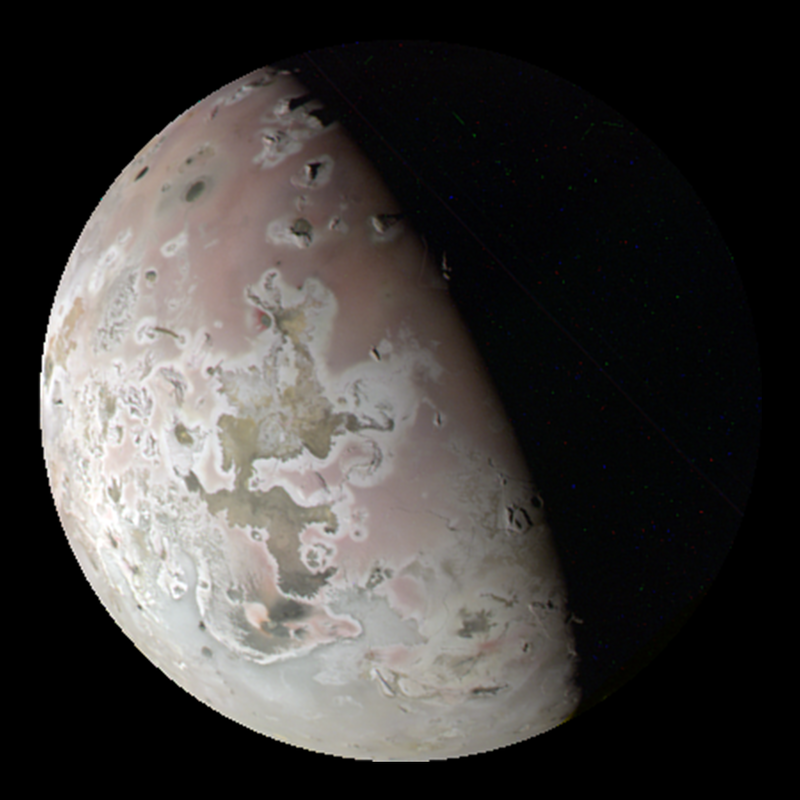NASA Successfully Repairs JunoCam's Radiation Damage to Capture Jupiter's Moons

NASA's Juno spacecraft, which has been orbiting Jupiter since 2016, recently faced significant challenges when its JunoCam imager began showing signs of degradation due to radiation exposure from the gas giant's intense environment. Engineers at Malin Space Science Systems, the company responsible for the camera, successfully implemented a remote repair strategy to restore the camera's functionality, allowing it to capture stunning images of Jupiter and its volcanic moon, Io.
The Juno mission, which aims to enhance our understanding of Jupiter's atmosphere, magnetic field, and interior structure, has been a remarkable success since its launch. However, the spacecraft's journey through Jupiter's radiation belts has posed serious risks to its instruments. As reported by Scott Bolton, Juno's principal investigator at the Southwest Research Institute, the spacecraft's titanium vault protects many of its critical electronics but does not house JunoCam, which is mounted externally due to space constraints.
Since its launch, Juno has completed 74 orbits around Jupiter, exceeding the initial 37-orbit mission plan. While JunoCam performed well for the first 34 orbits, it began to exhibit symptoms of radiation damage during its 47th orbit. By the 56th orbit, most of the images captured were rendered unusable due to graininess and streaking, indicative of the detrimental effects of unwanted radiation on the camera's Charge-Coupled Device (CCD).
To address the issue, mission personnel identified a malfunctioning voltage regulator in JunoCam's power supply. Their innovative solution involved using the camera's heater to perform a process known as annealing, which involves heating materials to alter their physical properties. Jacob Schaffner, an imaging engineer at Malin Space Science Systems, explained, "We commanded JunoCam’s one heater to raise the camera’s temperature to 77 degrees Fahrenheit — much warmer than typical for JunoCam — and waited with bated breath to see the results."
The initial annealing attempt proved successful, restoring image quality temporarily. However, as Juno's orbit brought it closer to Jupiter, imaging issues resurfaced just before a crucial flyby of Io on December 30, 2023. With limited options left, the team decided to increase the heater's temperature even further in a last-ditch effort to salvage the imaging opportunity.
Fortunately, this second round of annealing yielded positive results, allowing JunoCam to capture high-resolution images of Io's surface features, which include towering mountains and volcanic activity. These images not only enhance our understanding of Io but also demonstrate the potential of remote troubleshooting in space missions.
As Juno continues its mission, the lessons learned from these experiences are expected to inform future spacecraft designs, particularly in developing instruments that can withstand harsh radiation environments. According to Bolton, "Juno is teaching us how to create and maintain spacecraft tolerant to radiation, providing insights that will benefit satellites in orbit around Earth."
The successful repair of JunoCam underscores the resilience of NASA's engineering teams and their commitment to pushing the boundaries of space exploration, even in the face of formidable challenges posed by Jupiter's extreme conditions. As Juno approaches the next stages of its mission, the ongoing adjustments to its instruments will likely yield further insights into the mysteries of our solar system's largest planet.
Advertisement
Tags
Advertisement





